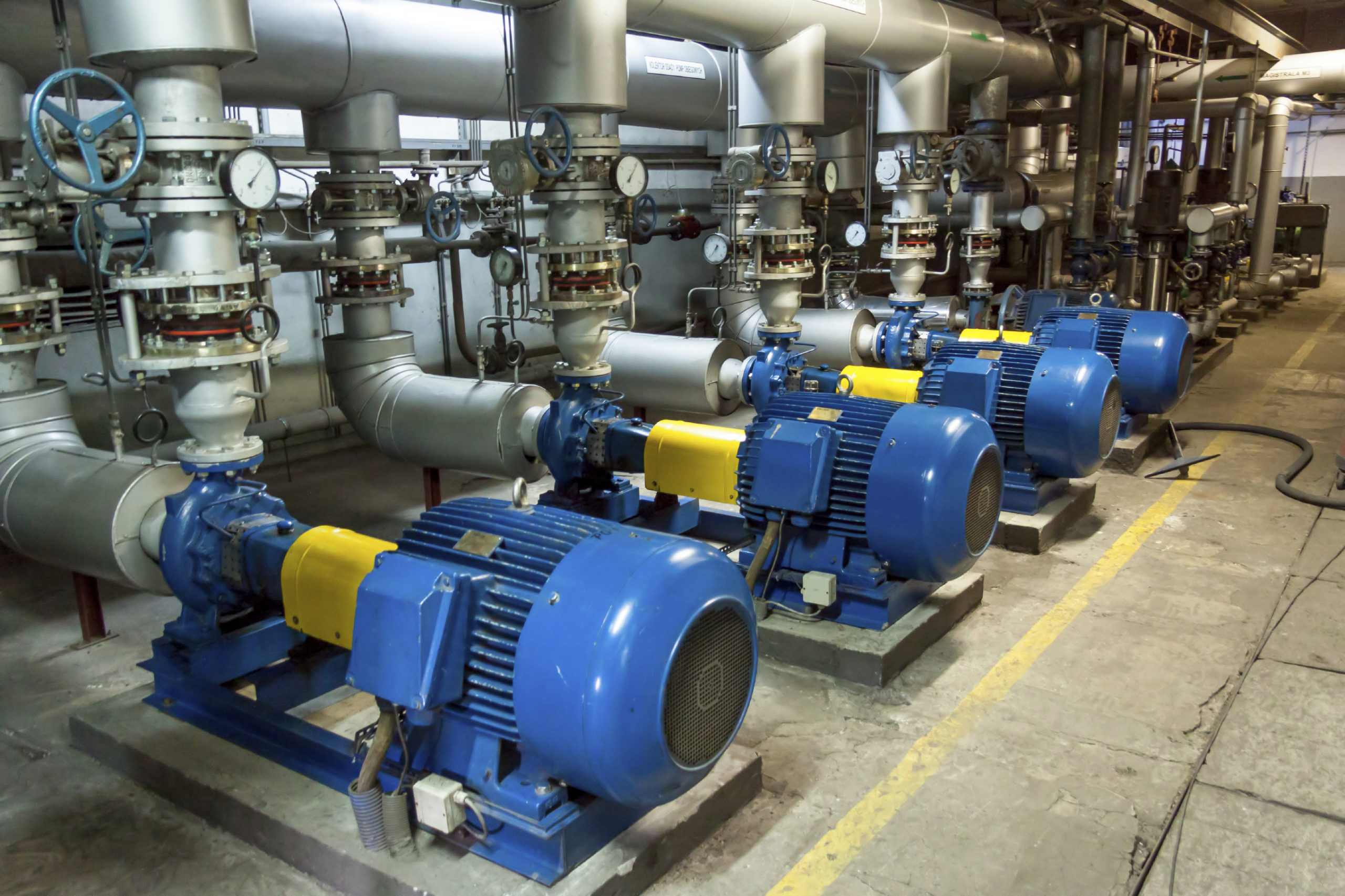
What is it?
Magnetic bearing chillers (also known as magnetic levitation or drive chillers) incorporate technologies to improve chiller performance. Magnetic bearing chillers have very high efficiencies, particularly at partially loaded conditions, even compared to other variable frequency drive (VFD) driven chillers.
How does it work?
Magnetic bearing chillers avoid an operational friction penalty by using magnets to levitate the rotating chiller compressor shaft rather than using oil lubrication and bearings. They also increase the efficiency within the heat transfer surfaces because oil is not present.
What are the most appropriate applications?
Magnetic bearing chillers are good in most applications where a new large chiller is needed. But they really differentiate themselves from standard chiller design when compared at partially loaded conditions (most cases). Also, in cases where chillers need to be oversized for any reason (very common), that chiller might be at part load conditions all of the time. Magnetic bearing chillers won’t be cost effective if there is an existing chiller in place that does not need to be replaced.
What are the savings?
Savings will vary depending on how much time a chiller may need to spend at a partially loaded condition. In situations where there is a lot of partial loading, savings might range from 20% better than a traditional VFD driven chiller, up to almost 50% compared to a traditional fixed speed chiller.
What are the non-energy benefits?
Magnetic bearing chillers don’t require oil related maintenance, which can be several weeks of labor a year. And they’re quiet (relatively speaking), so in applications where occupants are nearby it can help minimize noise issues.
What is the cost?
Costs have been dropping for these chillers as the technology is still relatively young (~ a decade old). But depending on savings, owners can expect an incremental payback above traditional chillers between 4-12 years.
What is the status/availability of the technology?
This technology is readily available through multiple vendors.
What kinds of incentives/programs are available?
Incentives are available in prescriptive programs based on chiller type, size, and efficiency.




